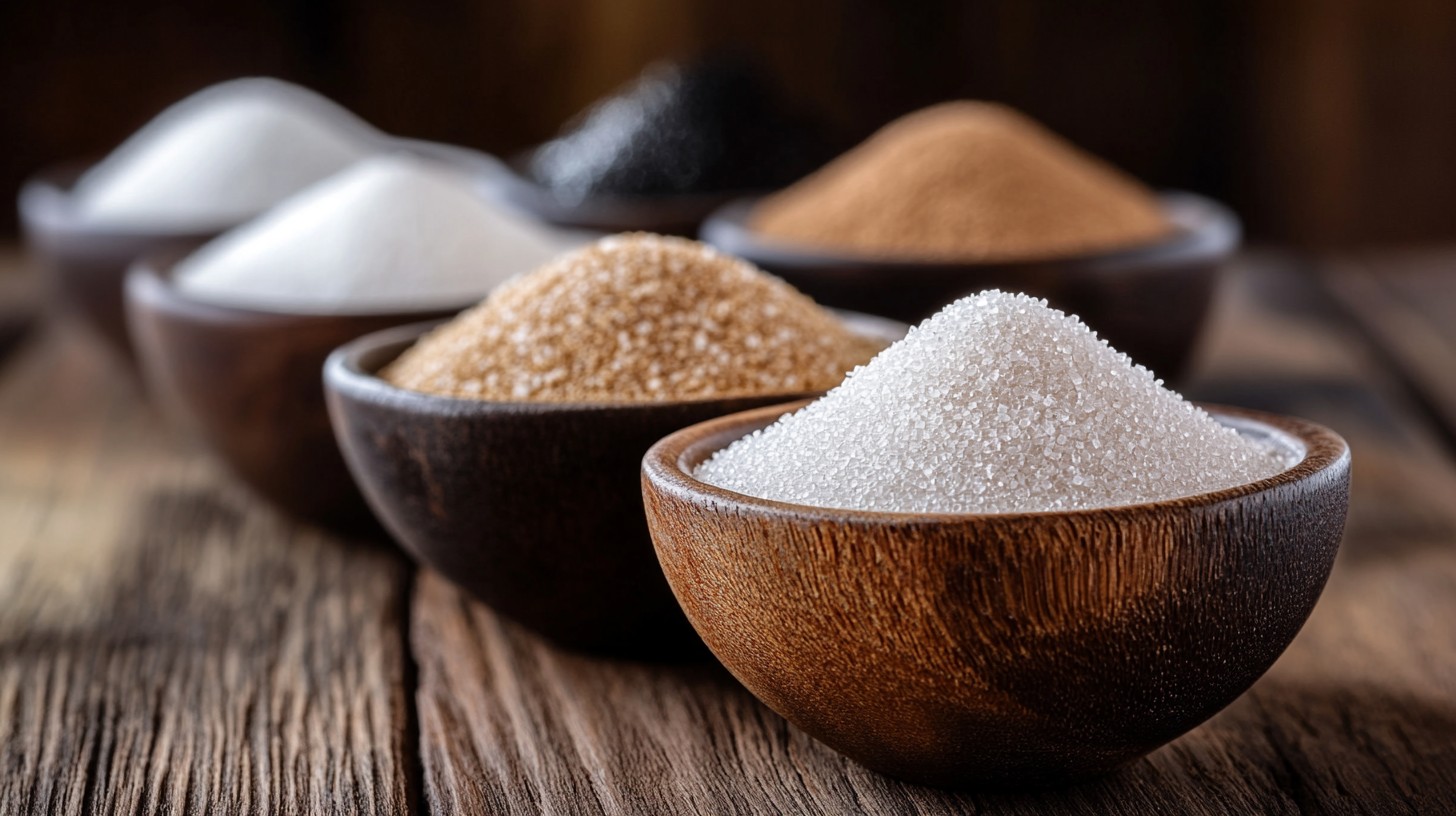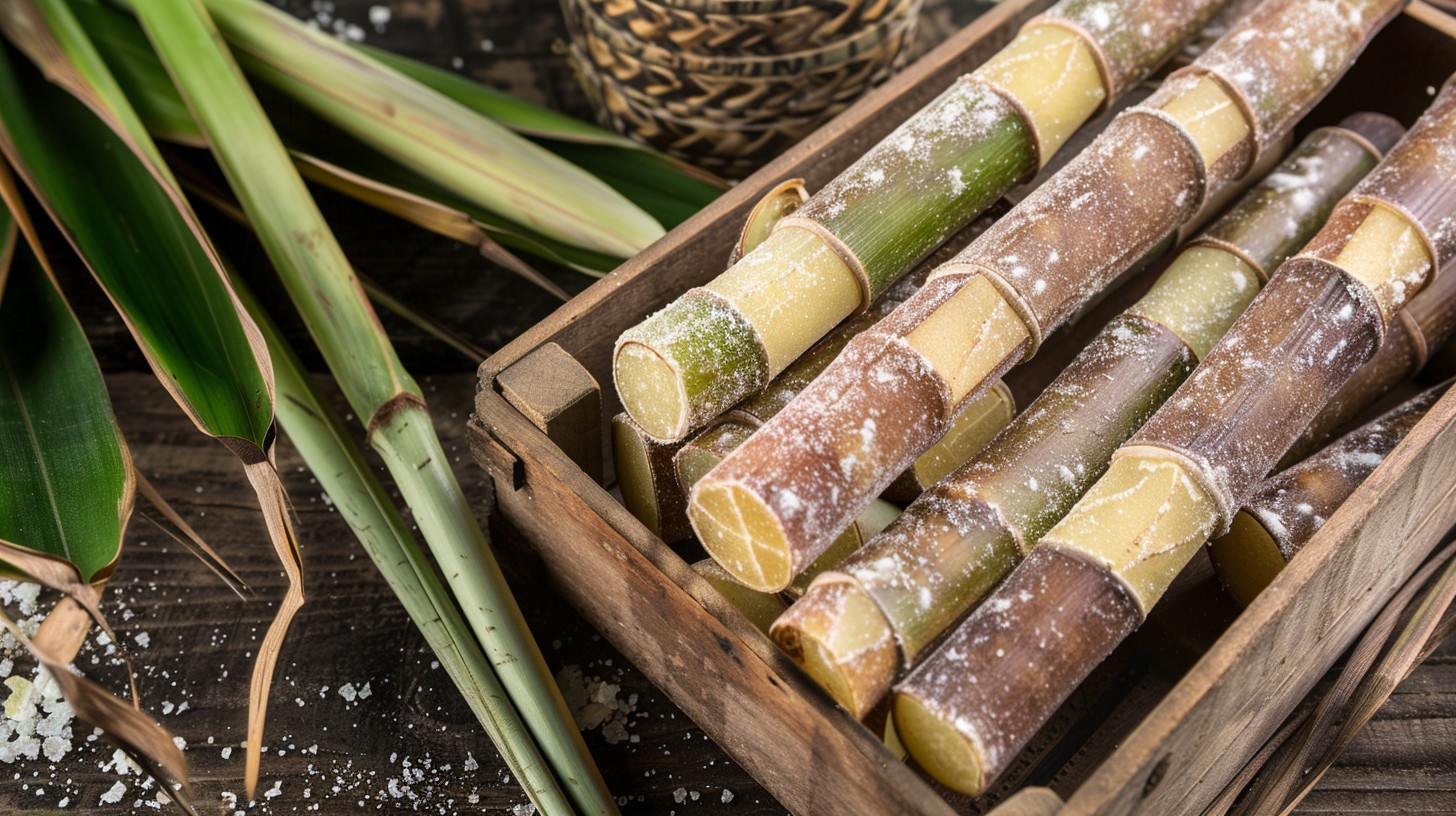The Journey of Sugar.
The Sweet Story of Sugar
Sugar, the sweet staple found in kitchens worldwide, has a fascinating journey from field to table. Understanding the types of sugar and the intricacies of its export can give us a deeper appreciation for this ubiquitous ingredient.
Types of Sugar

-
Granulated Sugar: This is the most common type, often referred to as table sugar. It’s highly refined and made from sugarcane or sugar beets. Its fine crystals make it versatile for baking and sweetening beverages.
-
Brown Sugar: Brown sugar is essentially granulated sugar with molasses added back in. It has a moist texture and a rich, caramel-like flavor, making it perfect for baking cookies and cakes. It comes in two varieties: light brown and dark brown, depending on the amount of molasses.
-
Powdered Sugar: Also known as confectioners’ sugar, this is granulated sugar ground into a fine powder and mixed with a small amount of cornstarch to prevent clumping. It’s ideal for frostings, glazes, and dusting desserts.
-
Raw Sugar: Raw sugar includes varieties like Turbinado and Demerara. It’s less processed than granulated sugar, retaining some of the natural molasses, which gives it a golden color and a subtle caramel flavor.
-
Specialty Sugars: There are also specialty sugars like Muscovado, which is a deeply flavored, unrefined cane sugar, and Jaggery, a traditional, unrefined sugar used in South Asian cuisines.
The Journey of Sugar Export
Exporting sugar is a complex process that involves several key steps and regulations. Here’s a simplified look at how it all works:
-
Production: Sugar is harvested primarily from sugarcane or sugar beets. Once harvested, the raw product is processed to extract the sugar. Depending on the type of sugar being produced, further refining and processing steps are carried out.
-
Quality Control: Before sugar can be exported, it must meet stringent quality standards. One important measure is the ICUMSA rating (International Commission for Uniform Methods of Sugar Analysis), which indicates the purity and color of the sugar. A lower ICUMSA number signifies higher purity and quality. For example, ICUMSA 600 less refined is brown in color whereas ICUMSA 45 is highly refined and white in color
Packaging and Documentation: Once quality is assured, the sugar is packaged for export. This involves proper labeling and documentation, including trade agreements, health certifications, and customs declarations. Efficient logistics systems are crucial to ensure smooth handling and transportation.
-
Global Trade: Sugar is a globally traded commodity. Major exporters include Brazil, India, and Thailand, while the largest importers are countries like the United States, China, and the European Union. The dynamics of sugar export are influenced by factors such as international trade agreements, tariffs, and demand fluctuations. But not to worry here we are the Global Tradewave at your service to make all your complications as easy as just clicking few buttons on your computer screen.
-
Market Distribution: Upon reaching its destination, the sugar is distributed to various markets, including food manufacturers, retailers, and direct consumers. The high demand for sugar in confectionery, beverages, and processed foods ensures a steady flow in the supply chain.
Conclusion
Sugar’s journey from field to table is a testament to the intricate processes involved in its production and export. Understanding the types of sugar and the complexities of global trade gives us a greater appreciation for this sweet commodity. Whether it’s the granulated sugar in your coffee or the brown sugar in your cookies, the next time you enjoy a sugary treat, you’ll know just how far it has traveled to sweeten your day.

